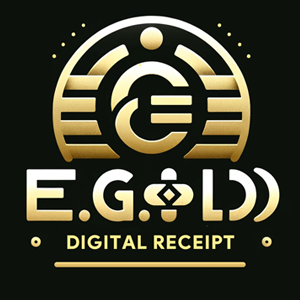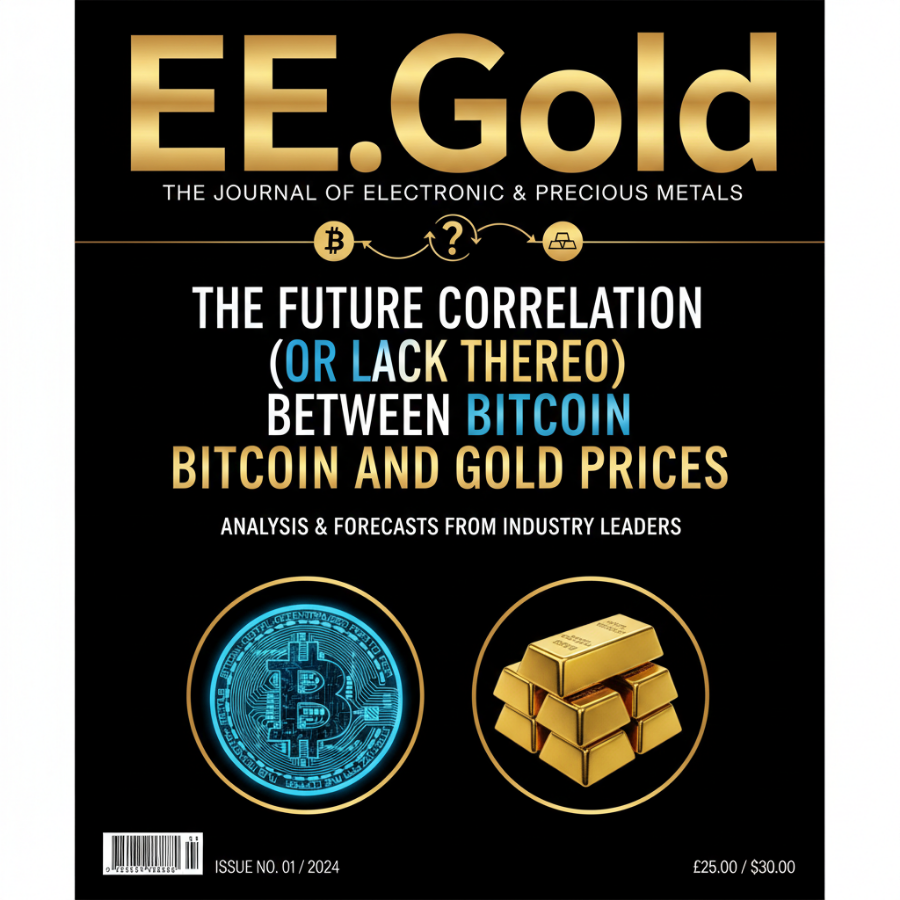
Bitcoin and gold have long been compared as alternative stores of value, often dubbed “digital gold” and “physical gold” respectively. Both assets appeal to investors seeking refuge from fiat currency instability and inflation, yet their price movements have not always aligned. As economic conditions evolve, questions arise about whether Bitcoin and gold prices will move in tandem, diverge, or exhibit no consistent correlation in the future. This article explores the factors influencing their relationship, the historical context of their price behavior, and what lies ahead for their correlation—or lack thereof.
Historical Context: A Mixed Relationship
Historically, Bitcoin and gold have shown periods of both correlation and divergence. During times of economic uncertainty, such as inflationary spikes or geopolitical tensions, both assets have occasionally risen together as investors seek safe havens. For instance, in the early 2020s, when global stimulus measures fueled inflation fears, Bitcoin and gold both saw increased demand, suggesting a positive correlation driven by shared macro drivers.
However, their relationship is far from consistent. Bitcoin, with its high volatility and speculative nature, often reacts sharply to market sentiment, technological developments, or regulatory news. Gold, by contrast, tends to exhibit steadier price movements, influenced by long-term factors like real interest rates and currency strength. During periods of market euphoria, Bitcoin may surge while gold remains stable, leading to negative or negligible correlation. Data from recent years shows their correlation coefficient fluctuating, rarely sustaining a strong positive or negative relationship over extended periods.
Shared Drivers: Inflation and Fiat Distrust
Bitcoin and gold share common appeal as hedges against inflation and fiat currency devaluation. Gold’s finite supply and Bitcoin’s capped issuance (21 million coins) position them as scarce assets, theoretically resilient to monetary expansion. When central banks print money or inflation erodes purchasing power, investors often turn to both, expecting them to preserve value. This shared narrative suggests potential for positive correlation during periods of economic stress.
Fiat distrust also binds their appeal. Bitcoin’s decentralized blockchain and gold’s independence from central banks attract investors wary of government overreach or currency mismanagement. In regions with unstable currencies, both assets can see heightened demand, reinforcing their role as alternative stores of value. These overlapping drivers create moments of alignment, particularly during crises.
Divergent Forces: Technology vs. Tradition
Despite shared drivers, Bitcoin and gold are fundamentally different assets, shaped by distinct forces. Bitcoin’s price is heavily influenced by technological adoption, regulatory developments, and speculative trading. Events like Bitcoin halving, which reduces new coin issuance, or institutional adoption by firms can trigger sharp rallies or sell-offs. These factors are unique to crypto and have little bearing on gold, leading to price divergence.
Gold, meanwhile, responds to macroeconomic indicators like real yields on bonds, the strength of the U.S. dollar, and physical demand from industries or central banks. For example, rising interest rates often depress gold prices by increasing the opportunity cost of holding non-yielding assets, while Bitcoin may remain unaffected or even rally on unrelated news. These divergent influences make sustained correlation unlikely, as their price movements are tied to different ecosystems.
Market Sentiment and Investor Demographics
Investor psychology and demographics further complicate their relationship. Bitcoin attracts a younger, tech-savvy crowd drawn to its growth potential and digital accessibility. Its price often tracks risk-on sentiment, rising during bullish markets and falling sharply in risk-off environments. Gold, conversely, appeals to a broader, often more conservative investor base, including institutions and older generations, who prioritize stability over speculation.
This demographic split creates contrasting market behaviors. Bitcoin’s volatility reflects the speculative fervor of retail traders, amplified by social media and online communities. Gold’s steadier price action aligns with its role as a long-term wealth preserver. As a result, their prices may move independently, with Bitcoin reacting to short-term hype and gold tracking longer-term economic trends.
Future Scenarios: Correlation or Divergence?
Looking ahead, the correlation between Bitcoin and gold prices will depend on several factors. Three potential scenarios emerge:
Positive Correlation in Crises: If global economic instability intensifies—through hyperinflation, currency crises, or geopolitical shocks—both assets could see increased demand as safe havens. Investors fleeing fiat currencies may drive simultaneous price increases, strengthening their correlation. Historical patterns suggest this is most likely during acute economic distress.
Divergence in Stable Markets: In stable economic conditions, Bitcoin and gold are likely to decouple. Bitcoin may rally on technological advancements, such as wider adoption of blockchain or favorable regulations, while gold remains flat or declines if real yields rise. Conversely, gold could climb during periods of dollar weakness, while Bitcoin lags due to crypto-specific setbacks like exchange hacks or regulatory clampdowns.
No Consistent Correlation: The most probable long-term outcome is a lack of consistent correlation. Bitcoin’s youth and volatility contrast with gold’s established stability, making their price movements hard to predict in tandem. While they may occasionally align during macro-driven events, their distinct drivers—technology for Bitcoin, macroeconomics for gold—suggest independent paths.
Regulatory and Technological Impacts
Regulation will play a pivotal role in Bitcoin’s trajectory. Stricter policies could suppress crypto prices without affecting gold, while favorable regulations might spur Bitcoin adoption, leaving gold untouched. Technological advancements, such as improvements in blockchain scalability or energy efficiency, could also boost Bitcoin’s appeal, creating upward pressure unrelated to gold’s market dynamics.
Gold, meanwhile, faces fewer regulatory hurdles but is sensitive to central bank policies. For instance, coordinated efforts to tighten monetary policy could strengthen fiat currencies, dampening gold’s appeal while having an unpredictable impact on Bitcoin. These divergent sensitivities reinforce the likelihood of weak or inconsistent correlation.
The Role of Institutional Adoption
Institutional interest could shape their relationship. Large investors, such as hedge funds or pension plans, increasingly view both assets as portfolio diversifiers. If institutions allocate to both Bitcoin and gold as hedges against inflation, their prices could align more closely. However, institutions tend to favor gold for its stability, while Bitcoin’s high risk-reward profile attracts more speculative capital. This split in investor preferences may limit correlation, as institutional flows into one asset don’t necessarily translate to the other.
Challenges in Predicting Correlation
Predicting the future relationship between Bitcoin and gold is fraught with challenges. Bitcoin’s relatively short history limits the data available for analysis, and its market is still maturing. Gold, while well-established, is influenced by complex global factors, from mining supply to central bank demand. Additionally, external shocks—such as technological disruptions or unexpected economic events—could reshape their dynamics in unpredictable ways.
Conclusion: An Uncertain but Intriguing Relationship
The future correlation between Bitcoin and gold prices remains uncertain, shaped by a delicate balance of shared and divergent forces. While both assets serve as hedges against fiat instability, their distinct characteristics—Bitcoin’s digital volatility and gold’s physical stability—suggest that consistent correlation is unlikely. Periods of economic crisis may bring temporary alignment, but their long-term paths are likely to diverge, driven by different investor bases, market dynamics, and external influences.
For investors, understanding this relationship (or lack thereof) is crucial for portfolio diversification. Those seeking stability may lean toward gold, while those chasing growth may favor Bitcoin. Ultimately, the interplay between these assets reflects broader tensions in the financial world: tradition versus innovation, stability versus speculation, and the enduring quest for value in an uncertain future.
NOTE
This Content is the copyrighted content of EE.GOLD. All rights are reserved. You are welcome to share or use our content only by including direct links to our website. Any other form of reproduction, distribution, or use without proper attribution is strictly prohibited.
This Content is intended solely for educational purposes. The information provided does not constitute financial or investment advice.
Please note that Digital Storage Receipt, Secure Storage Solutions, and Physical Gold Sales are the only services offered by EE.GOLD.
We strictly adhere to government regulations and are firmly against all illegal financial or investment activities globally.
For further inquiries, feel free to contact us through our official channels.

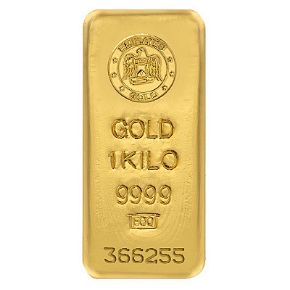


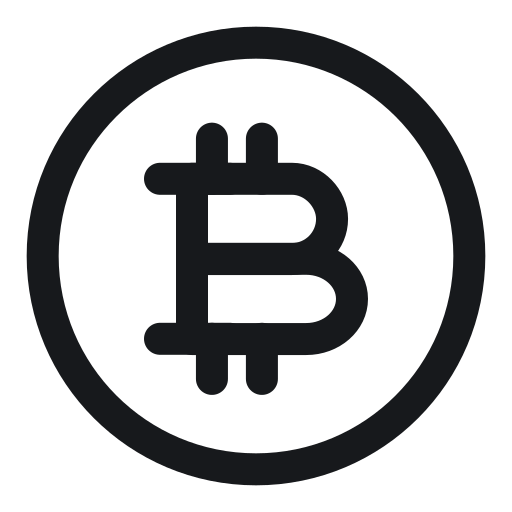


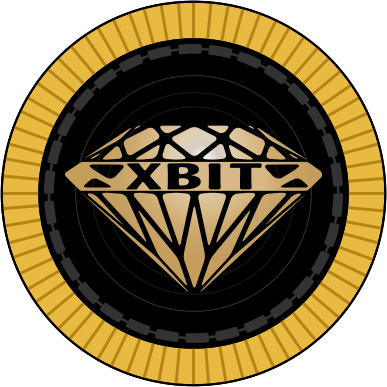


.png)

